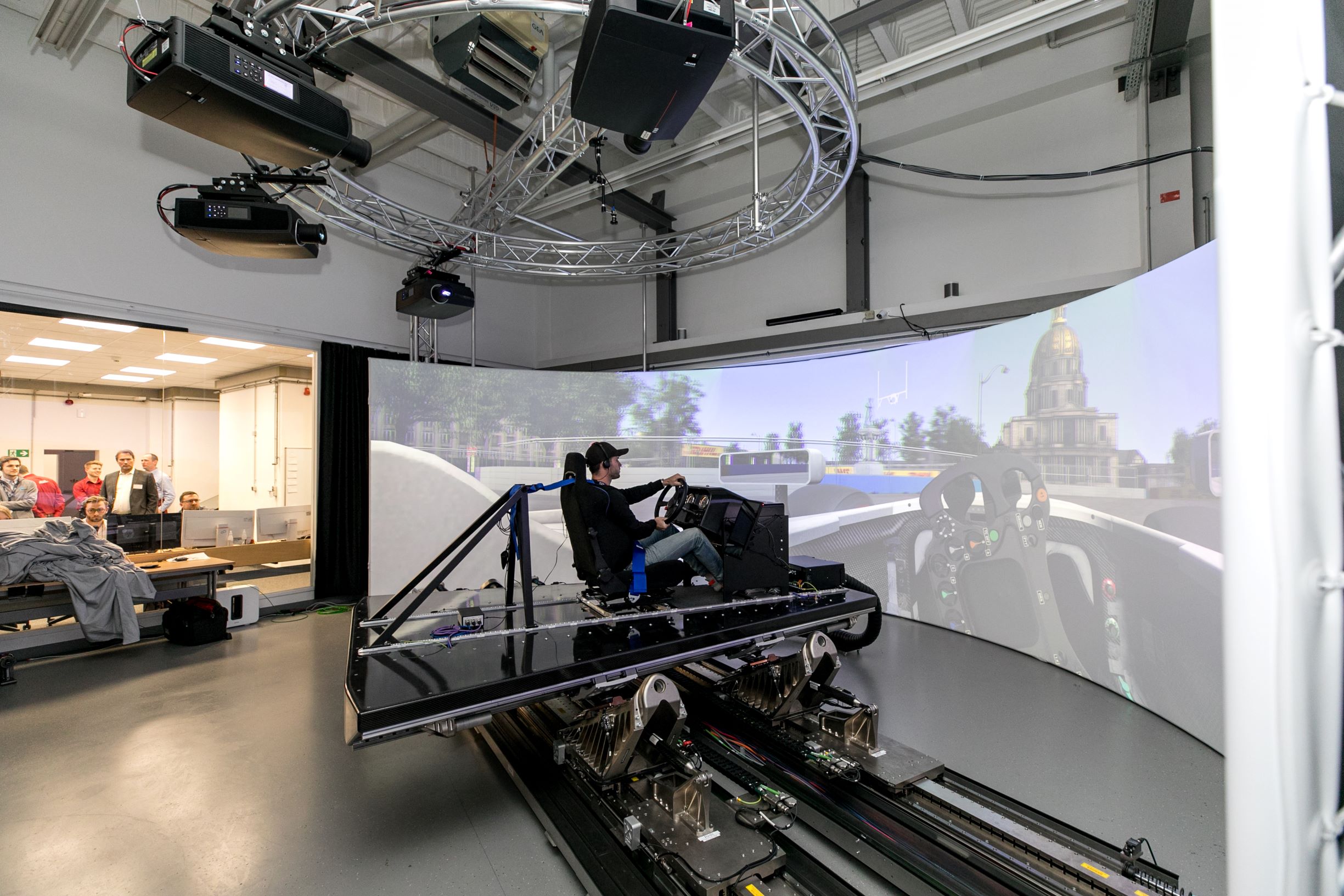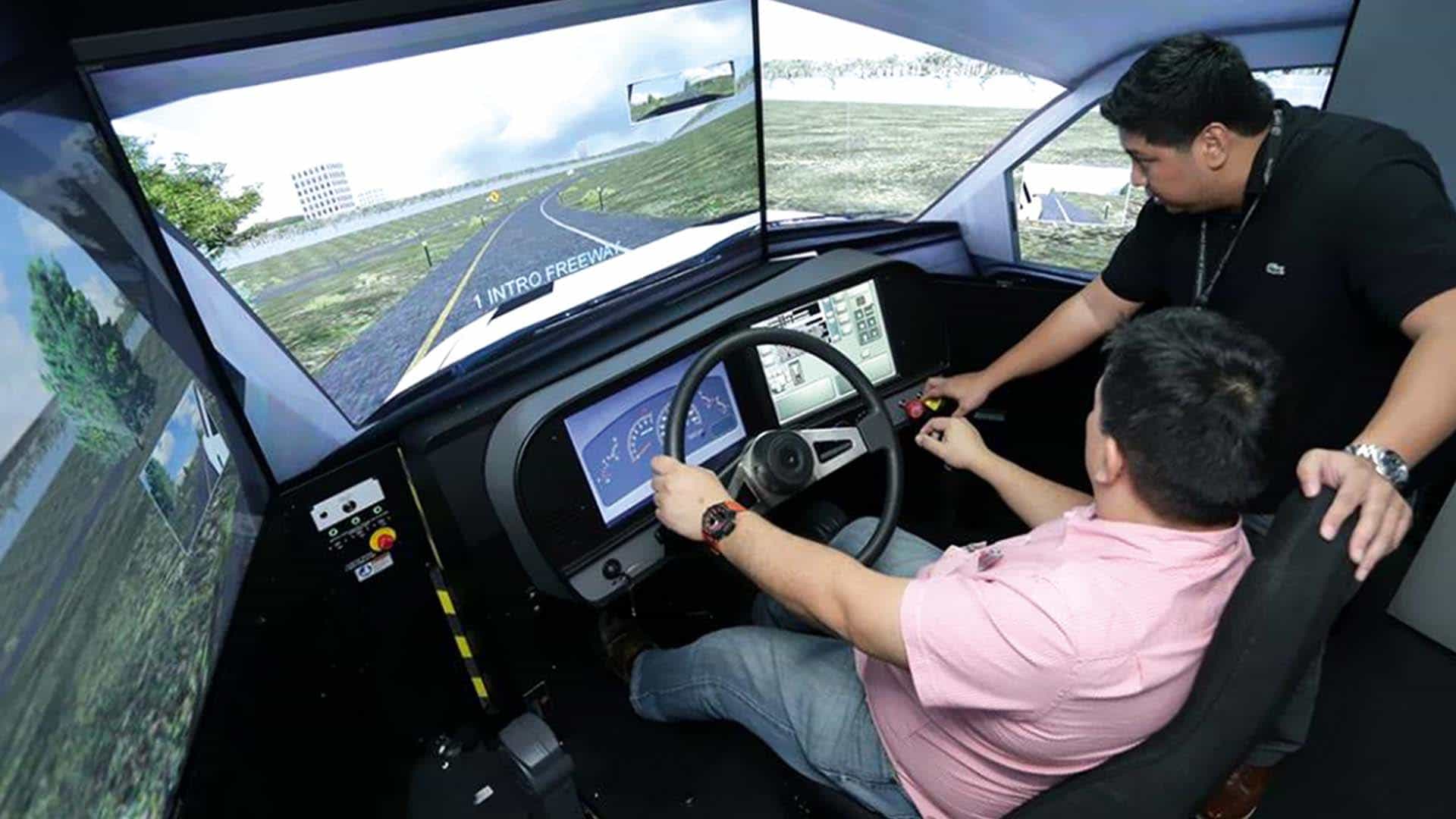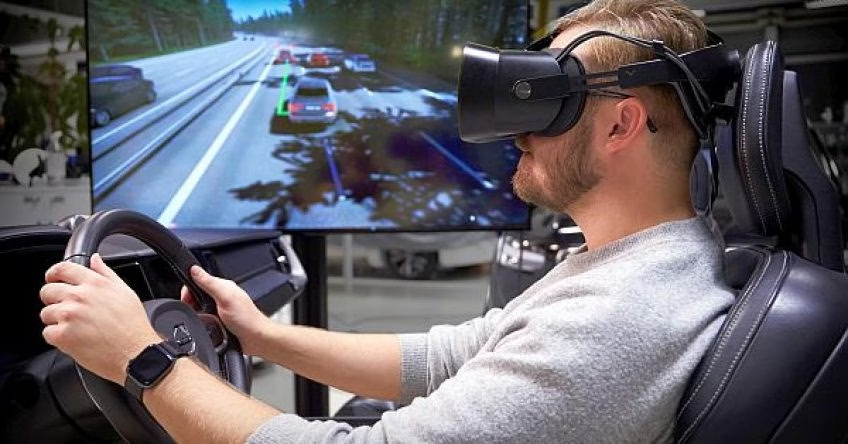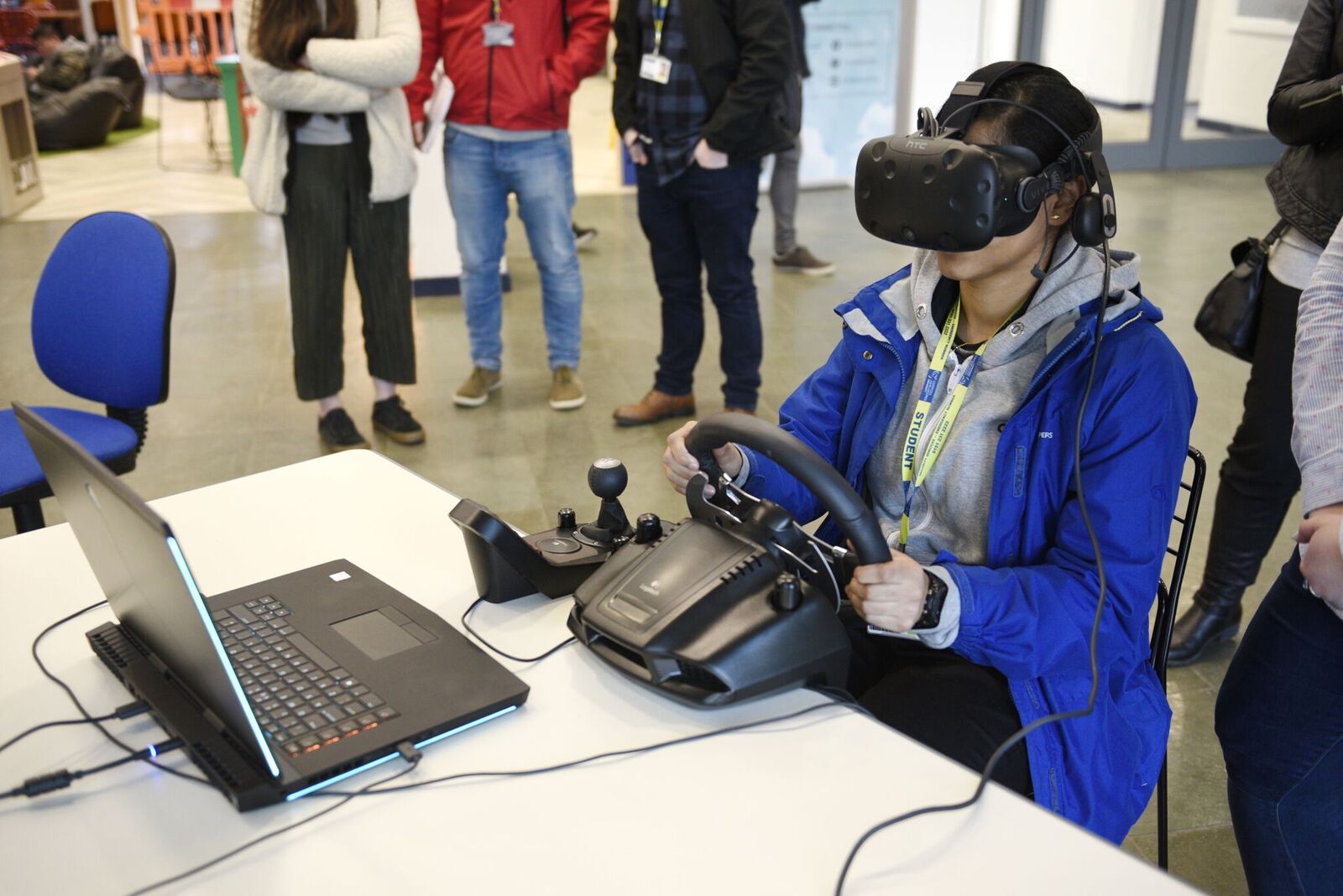The Evolving Landscape Of Virtual Driving: A Glimpse Into The Future Of Driving Simulators
The Evolving Landscape of Virtual Driving: A Glimpse into the Future of Driving Simulators
Related Articles: The Evolving Landscape of Virtual Driving: A Glimpse into the Future of Driving Simulators
Introduction
With great pleasure, we will explore the intriguing topic related to The Evolving Landscape of Virtual Driving: A Glimpse into the Future of Driving Simulators. Let’s weave interesting information and offer fresh perspectives to the readers.
Table of Content
The Evolving Landscape of Virtual Driving: A Glimpse into the Future of Driving Simulators

The world of gaming has undergone a dramatic transformation in recent years, with virtual reality (VR) and augmented reality (AR) technologies blurring the lines between the digital and physical realms. This evolution has been particularly pronounced in the domain of driving simulators, which have transitioned from simple arcade-style experiences to highly realistic and immersive simulations.
Driving Simulators: From Arcade to Advanced Technology
The concept of driving simulators is not new. Arcade games like "Pole Position" and "Out Run" introduced the world to the thrill of virtual racing in the 1980s. However, these early iterations were limited in their realism, focusing primarily on entertainment rather than accurate simulation.
The advent of more powerful computing hardware and advanced graphics processing units (GPUs) paved the way for a new generation of driving simulators. Games like "Gran Turismo" and "Forza Motorsport" introduced sophisticated physics engines, detailed vehicle models, and expansive tracks, offering a more realistic driving experience.
The Rise of Online Multiplayer and Competitive Gaming
The emergence of online multiplayer gaming further revolutionized the driving simulator landscape. Games like "iRacing" and "Assetto Corsa Competizione" allowed players to compete against each other in virtual races, fostering a thriving competitive scene. These online platforms also facilitated the development of virtual racing leagues and championships, attracting professional drivers and aspiring racers alike.
Driving Simulators: Beyond Entertainment
While entertainment remains a primary driver for the popularity of driving simulators, their applications extend far beyond the realm of leisure. These simulations have become invaluable tools for:
-
Driver Training: Driving simulators are increasingly used in driver training programs, particularly for professional drivers, truck drivers, and racing drivers. They provide a safe and controlled environment for learning essential driving skills, practicing emergency maneuvers, and developing situational awareness.
-
Vehicle Development: Automotive manufacturers utilize driving simulators to test and refine vehicle designs, suspension systems, and engine performance before physical prototypes are built. This allows for faster iteration cycles and cost-effective development.
-
Research and Development: Researchers use driving simulators to study human behavior behind the wheel, investigate the impact of different driving conditions, and develop advanced driver assistance systems (ADAS).
Driving Simulators in 2025 and Beyond: A Look into the Future
As technology continues to advance, driving simulators are poised to become even more sophisticated and immersive. Here are some key trends shaping the future of this industry:
-
Enhanced Realism: Expect advancements in graphics technology, physics engines, and haptic feedback systems to create even more realistic and immersive driving experiences.
-
Integration of VR/AR: The integration of VR and AR technologies will further blur the lines between the digital and physical worlds, allowing players to feel more connected to the virtual environment.
-
Personalized Experiences: Simulators will offer customizable options, allowing players to tailor the experience to their preferences, skill levels, and desired learning outcomes.
-
AI-Powered Opponents: Artificial intelligence (AI) will play a more prominent role in driving simulators, creating challenging and adaptable opponents for players to compete against.
-
E-Sports Integration: The popularity of e-sports is likely to drive further development of competitive driving simulators, with dedicated leagues, tournaments, and professional players.
FAQs
Q: What are the benefits of using driving simulators?
A: Driving simulators offer numerous benefits, including:
- Improved Driving Skills: Simulators provide a safe and controlled environment for practicing driving skills and improving reaction times.
- Cost-Effective Training: Simulators offer a cost-effective alternative to real-world driving training, particularly for professional drivers and vehicle development.
- Enhanced Safety: Simulators allow drivers to experience risky situations without the risk of real-world consequences.
- Accessibility: Simulators provide an accessible platform for individuals who may not have access to real vehicles or driving opportunities.
Q: Are driving simulators realistic?
A: Modern driving simulators are remarkably realistic, with advanced physics engines, detailed vehicle models, and immersive graphics. While they may not perfectly replicate the nuances of real-world driving, they offer a highly accurate and engaging experience.
Q: What are some popular driving simulator games?
A: Some popular driving simulator games include:
- iRacing: A highly competitive online racing platform with a focus on realism.
- Assetto Corsa Competizione: A simulation game specifically designed for GT3 racing.
- Gran Turismo 7: A popular racing game with a wide range of vehicles and tracks.
- Forza Motorsport: Another popular racing game known for its impressive graphics and detailed car models.
Tips for Choosing and Using Driving Simulators
- Consider your budget: Driving simulators range in price from affordable entry-level models to high-end systems with advanced hardware.
- Determine your needs: Consider whether you are primarily interested in entertainment, driver training, or competitive racing.
- Research different simulators: Compare features, graphics, physics engines, and compatibility with your hardware before making a purchase.
- Practice regularly: Regular practice is essential for improving your driving skills and becoming more comfortable with the simulator.
- Join online communities: Connect with other driving simulator enthusiasts to share tips, strategies, and racing experiences.
Conclusion
Driving simulators have come a long way from their humble beginnings in arcades. Today, they represent a sophisticated and evolving technology with applications spanning entertainment, driver training, vehicle development, and research. As technology continues to advance, driving simulators are poised to play an even more prominent role in our lives, offering immersive experiences, valuable training tools, and exciting opportunities for competition.








Closure
Thus, we hope this article has provided valuable insights into The Evolving Landscape of Virtual Driving: A Glimpse into the Future of Driving Simulators. We hope you find this article informative and beneficial. See you in our next article!